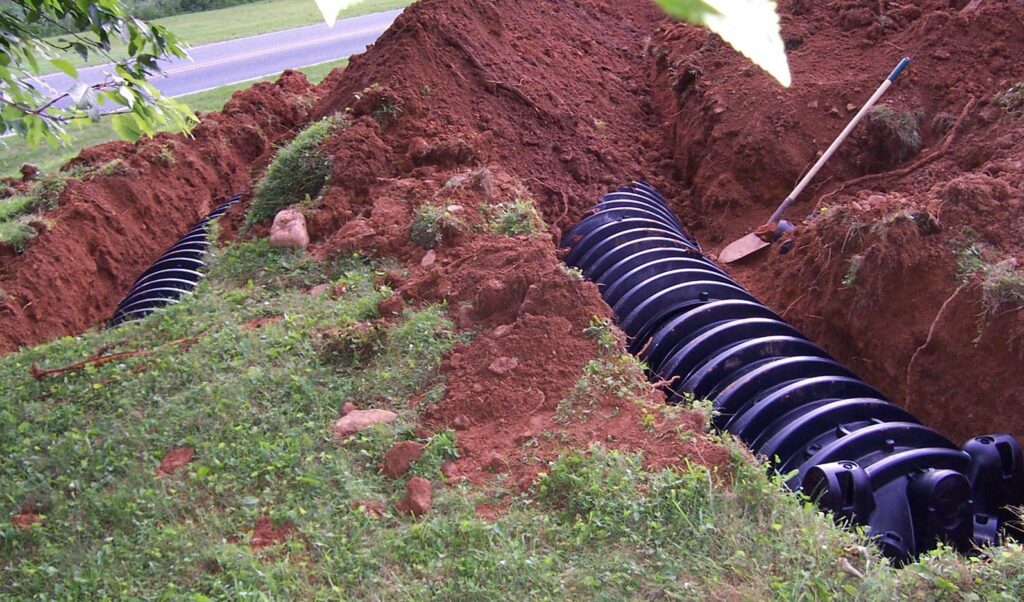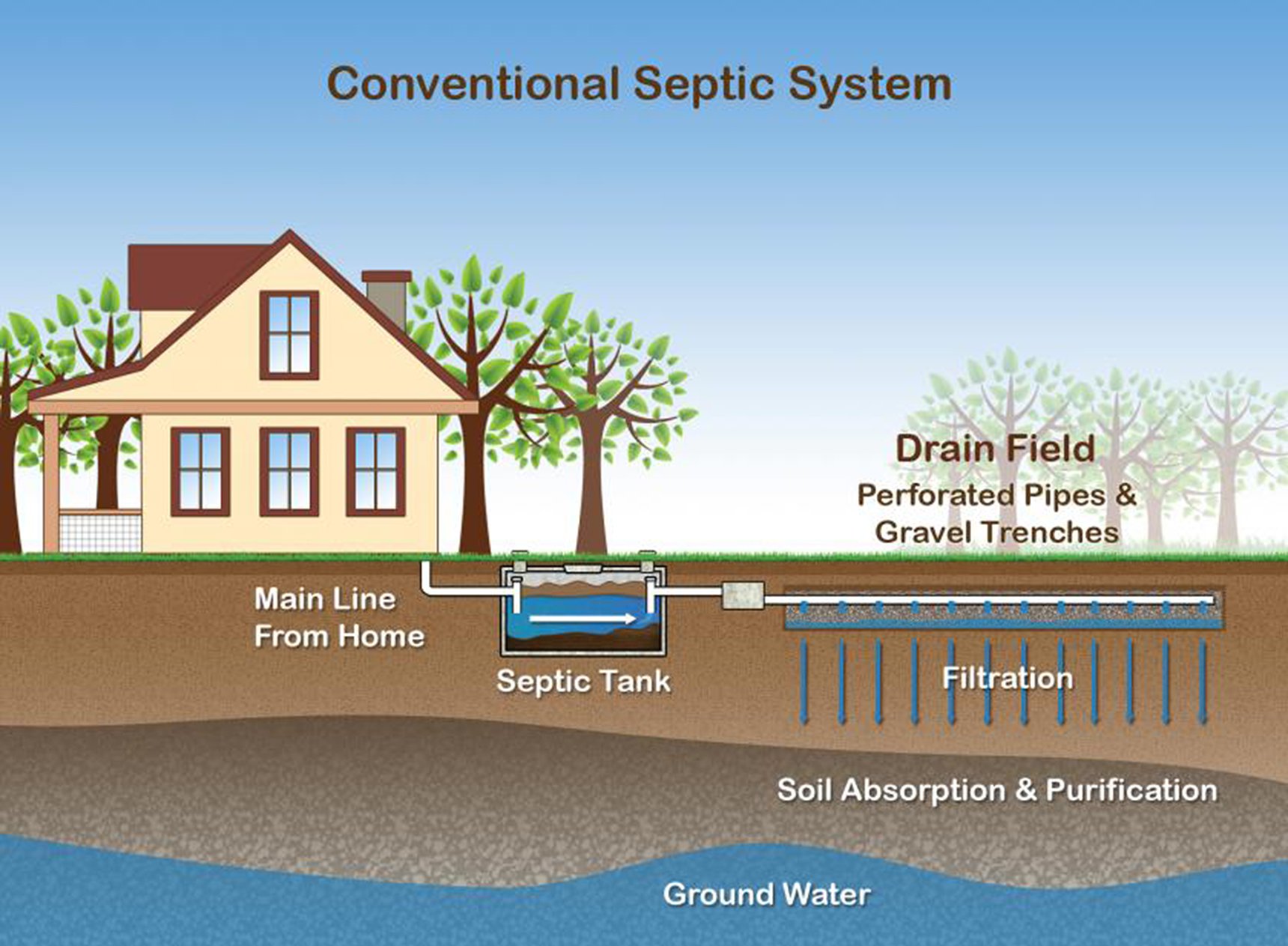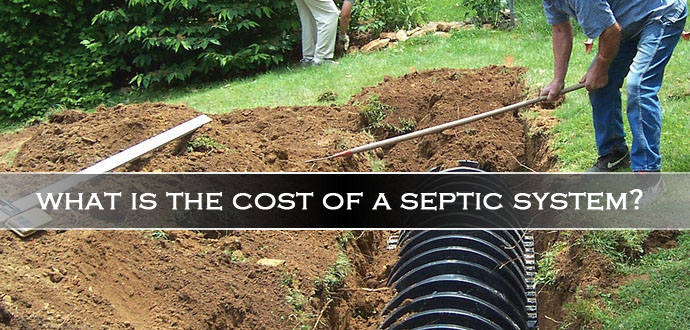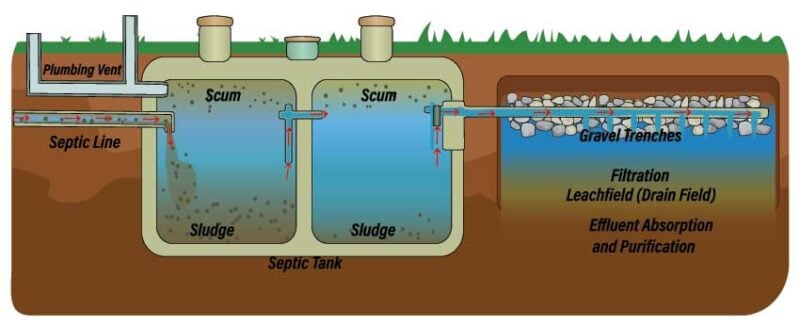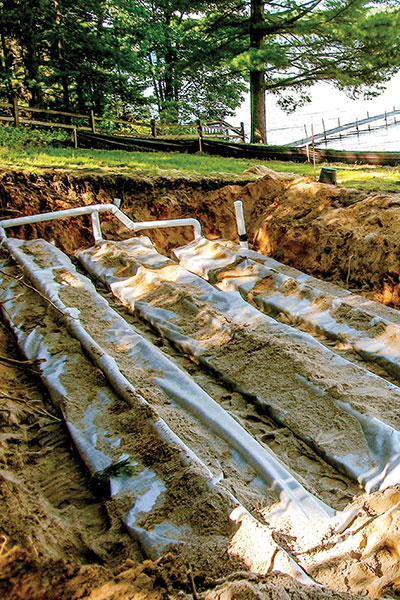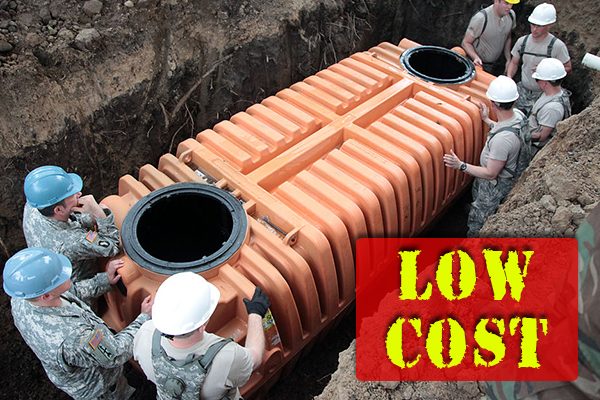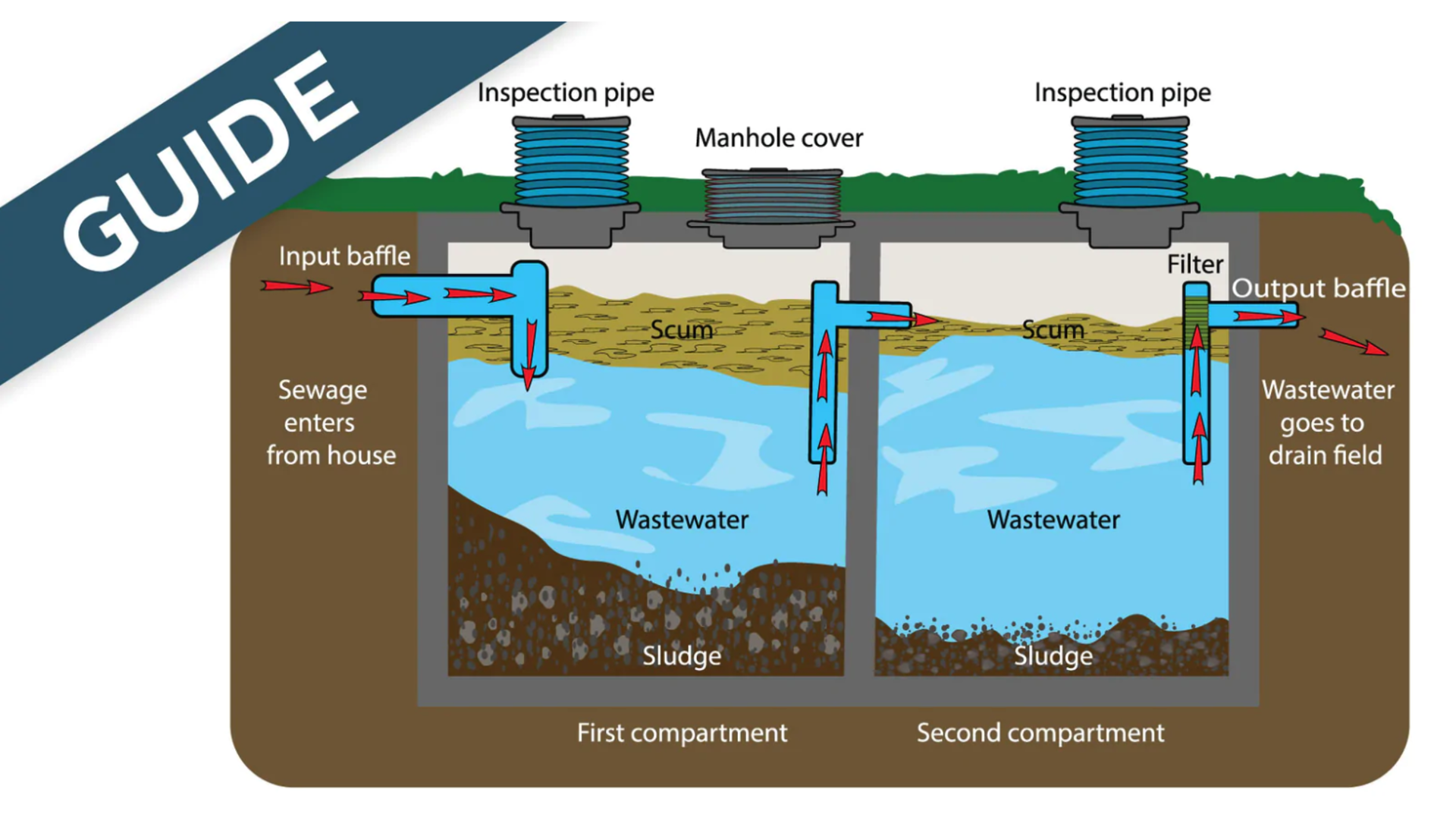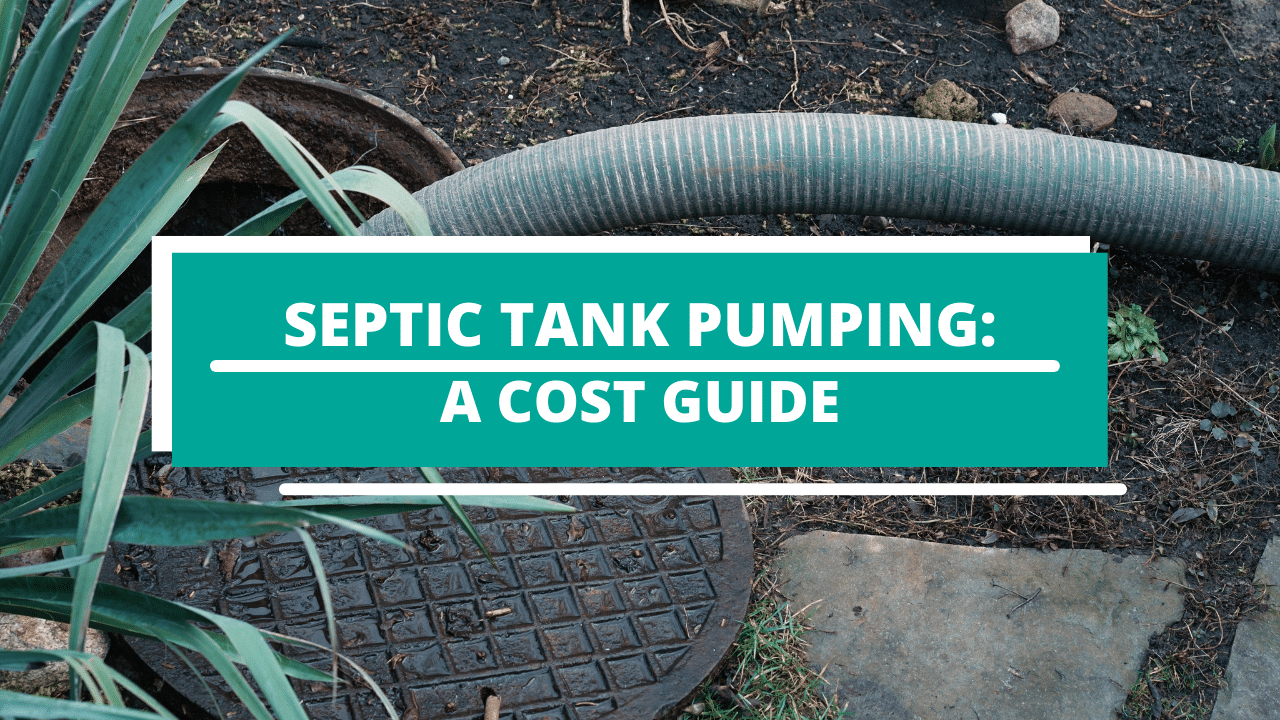How Much To Get A New Septic System
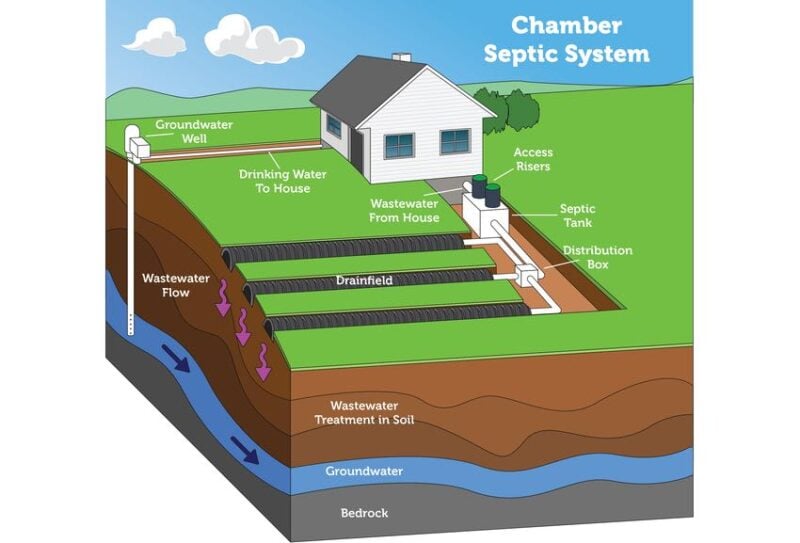
For homeowners relying on septic systems, the question of replacement costs looms large, often accompanied by considerable uncertainty. Installing a new septic system represents a significant financial undertaking, with prices varying widely based on location, system type, and site conditions. Understanding these factors is crucial for budgeting and preparing for this essential home maintenance project.
The national average cost to install a new septic system ranges from $5,000 to $15,000, but this figure can easily climb higher depending on specific circumstances. This article delves into the factors influencing septic system costs, providing homeowners with the information needed to navigate this complex process. It outlines the key elements that contribute to the overall price tag, offering insights into what to expect when facing a septic system replacement.
Factors Influencing Septic System Costs
Several key factors determine the final cost of a new septic system. These include the type of system installed, the size of the tank and drainfield, site conditions, and permit fees. Furthermore, labor costs and regional variations in pricing can significantly impact the overall expense.
Type of Septic System
Conventional septic systems, consisting of a tank and drainfield, are typically the least expensive option. Alternative systems, such as aerobic treatment units (ATUs) or mound systems, are often required in areas with poor soil or high water tables, leading to higher installation costs. These advanced systems can add thousands of dollars to the total price, sometimes doubling the expense compared to a conventional system.
According to the Environmental Protection Agency (EPA), ATUs, for example, require more maintenance and electricity than conventional systems, adding to the long-term operational costs.
Size and Capacity
The size of the septic tank and drainfield is directly related to the number of bedrooms in a home and the anticipated wastewater flow. Larger households require larger systems, resulting in increased material and labor costs. Building codes often dictate minimum size requirements based on occupancy, ensuring adequate treatment capacity.
Site Conditions
Challenging site conditions, such as rocky soil, steep slopes, or high water tables, can substantially increase installation costs. These conditions may require extensive site preparation, specialized equipment, and additional labor. In some cases, alternative system designs may be necessary to overcome these obstacles, further adding to the expense.
Permitting and Inspections
Local and state regulations mandate permits and inspections for septic system installations. Permit fees vary by jurisdiction and can range from a few hundred to over a thousand dollars. Inspections are crucial for ensuring compliance with regulations and proper system functionality. Ignoring permit requirements can lead to hefty fines and mandatory system modifications.
Labor Costs
Labor costs constitute a significant portion of the overall expense. Hiring a qualified and experienced septic system installer is essential to ensure proper installation and long-term system performance. Rates can vary depending on the contractor's experience, location, and the complexity of the project.
Obtaining multiple quotes from different contractors is a recommended practice to ensure competitive pricing.
"Always verify that the contractor is licensed and insured before signing any contracts,"cautions John Smith, a licensed septic system installer in Rural County.
Additional Costs to Consider
Beyond the core installation costs, homeowners should also factor in additional expenses. These can include soil testing, engineering fees, and landscaping. Neglecting these costs can lead to budget overruns and unexpected financial burdens.
Soil testing is crucial for determining the suitability of the site for a septic system and for selecting the appropriate system type. Engineering fees may be required for designing alternative systems or for projects with complex site conditions. Finally, landscaping may be necessary to restore the site after installation, adding to the overall expense.
Long-Term Cost Considerations
While the upfront cost of a new septic system is substantial, it's essential to consider the long-term operational and maintenance expenses. Regular septic tank pumping, typically every 3-5 years, is necessary to prevent solids buildup and system failure. Additionally, alternative systems may require more frequent maintenance and electricity consumption, increasing the long-term cost of ownership.
Homeowners should budget for these ongoing expenses to ensure the longevity and proper functioning of their septic system. Failing to maintain the system can lead to costly repairs or premature replacement.
Ultimately, the cost of a new septic system is a multifaceted issue with no one-size-fits-all answer. By understanding the various factors that influence pricing and considering both upfront and long-term costs, homeowners can make informed decisions and budget effectively for this essential home improvement project. Proper planning and diligent maintenance are key to ensuring a reliable and cost-effective septic system for years to come.
